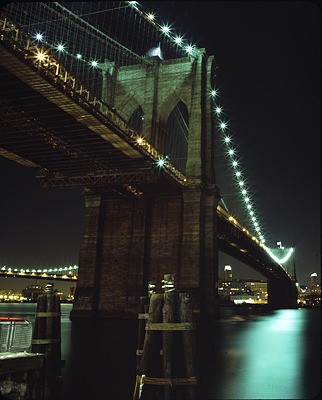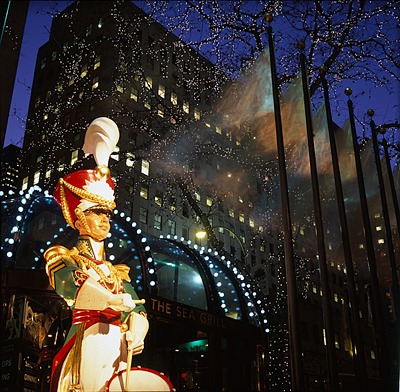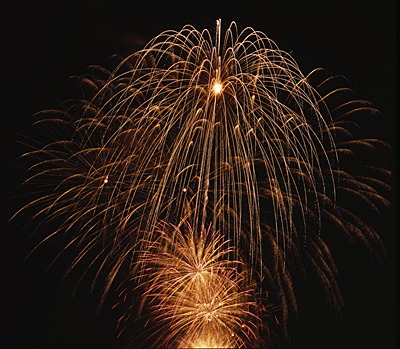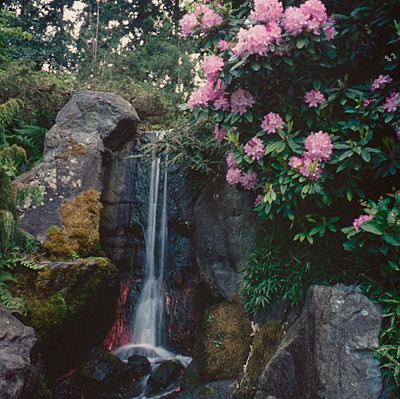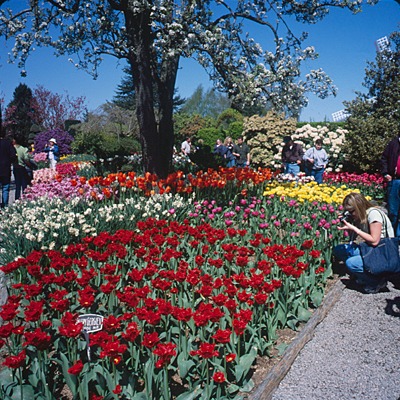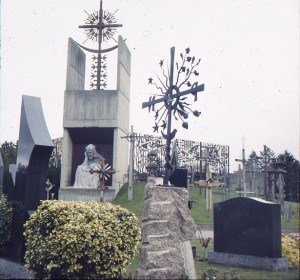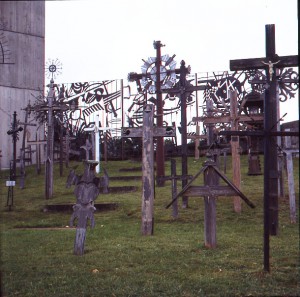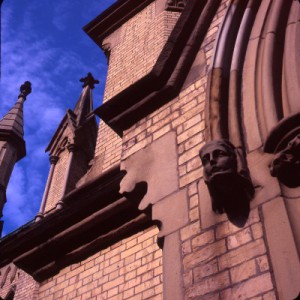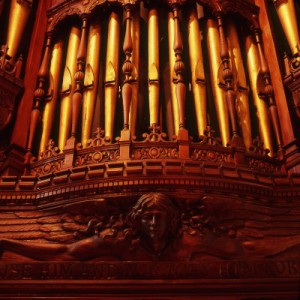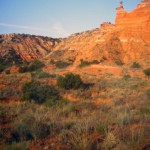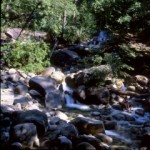Tag Archives: Fuji Provia 100F
Drummer Boy
Golden
http://www.stereoscopy.com/isu/stereoscopy-journal-97-2014-1.html
Waterfall, Japanese Garden
Tulip Festival
Spiny Cross Plus
Shot at St. John’s Lithuanian Cemetery in Mississauga, Ontario, Canada, a suburb of Toronto. This was shot with what sunlight was present just over my left shoulder. The weather certainly added a certain visual “mood” to the shot.
Sea of Crosses
Shot at St. John’s Lithuanian Cemetery in Mississauga, Ontario, Canada, a suburb of Toronto. The hill was filled with crosses of a variety of materials and ages, on a hill always rising away from you. The weather certainly added a certain visual “mood” to the shot.
Grrrrrrrrrr!
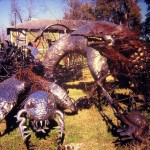 Former car parts and spoons take the shapes of mysterious creatures including prehistoric reptiles, bugs, and even aliens at Scrap Daddy’s Art Yard. Art forms are scattered throughout this museum of sorts, among overgrown grass and metal scraps. Welder and gallery owner, Mark Bradford has an eclectic eye for art that has moved him to put his own distinctive mark on the many metal sculptures displayed in the outdoor gallery. Sights for innovative eyes include the 20-foot praying mantis (that I can’t get out of my mind), a flying saucer, and an automobile-sized scorpion. Bradford welcomes free visits to his yard daily.
Former car parts and spoons take the shapes of mysterious creatures including prehistoric reptiles, bugs, and even aliens at Scrap Daddy’s Art Yard. Art forms are scattered throughout this museum of sorts, among overgrown grass and metal scraps. Welder and gallery owner, Mark Bradford has an eclectic eye for art that has moved him to put his own distinctive mark on the many metal sculptures displayed in the outdoor gallery. Sights for innovative eyes include the 20-foot praying mantis (that I can’t get out of my mind), a flying saucer, and an automobile-sized scorpion. Bradford welcomes free visits to his yard daily.
Saint James Cathedral exterior rear side
Toronto necropolis chapel interior
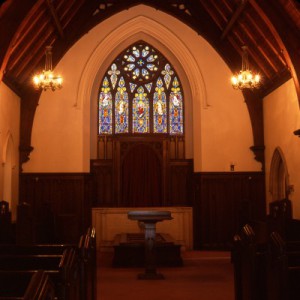 You can see where the coffin sits and where they bring the coffins inside from the exterior.
You can see where the coffin sits and where they bring the coffins inside from the exterior.
Their web site with more images.
“Praise him and magnify him …”
Rally for Terry Sullivan at Rotunda, June 2012
In the summer of 2012 the University of Virginia’s Board of Visitors attempted the ouster of the university’s president, Theresa Sullivan. This was a bold and misguided move, which received national attention (http://www.nytimes.com/2012/09/16/magazine/teresa-sullivan-uva-ouster.html?_r=0).
Among the events that turned a “done deal” into a retreat by the Board, and a re-instatement of Sullivan, was this rally held in her support on the Lawn in front of Thomas Jefferson’s Rotunda. Professors quit their jobs amongst a general hue and cry from the academic community, which was heard around the nation.
This image is an accidental double exposure with the Sputnik. This is not a snapshooting camera! Besides the many time consuming steps required prior to releasing the shutter, there is always the possibility that in the heat of the action some steps might be forgotten. In this case, I forgot that I’d already released the shutter, when, probably five seconds later, I decided to do it again! Fortunately, the tripod mounted camera had not moved, and the result is probably better than either image would have been alone. For one, the exposure is good! For another, now the scene is full of interesting stories, as some people moved their positions in that five second interval, whereas others turned their heads (resulting in several two-faced persons), and still others barely moved at all.

Where’s the rattlesnakes???
I think I goofed and already have the same or similar image in the other folio. Taken at Palo Duro State Park Texas, September 2012. Taken with the TL120 handheld. Palo Duro Canyon State Park opened on July 4, 1934 and contains 29,182 acres of the scenic, northern most portion of the Palo Duro Canyon. The Civilian Conservation Corps of the 1930’s constructed most of the buildings and roads still in use by park staff and visitors.
The Canyon is 120 miles long, as much as 20 miles wide, and has a maximum depth of more than 800 feet. Its elevation at the rim is 3,500 feet above sea level. It is often claimed that Palo Duro Canyon is the second largest canyon in the United States. The largest, the Grand Canyon, is 277 miles long, 18 miles wide, and 6,000 ft. deep.
Palo Duro Canyon was formed by water erosion from the Prairie Dog Town Fork of the Red River. The water deepens the canyon by moving sediment downstream. Wind and water erosion gradually widen the canyon.
Early Spanish Explorers are believed to have discovered the area and dubbed the canyon “Palo Duro” which is Spanish for “hard wood” in reference to the abundant mesquite and juniper trees.
Chillin Shannon Falls
I liked the dappled light on the people at the base of Shannon Falls. Shannon Falls Provincial Park is a provincial park in British Columbia, Canada. It is located 58 kilometers from Vancouver and 2 kilometers south of Squamish along the Sea to Sky Highway. How many people can you find?
